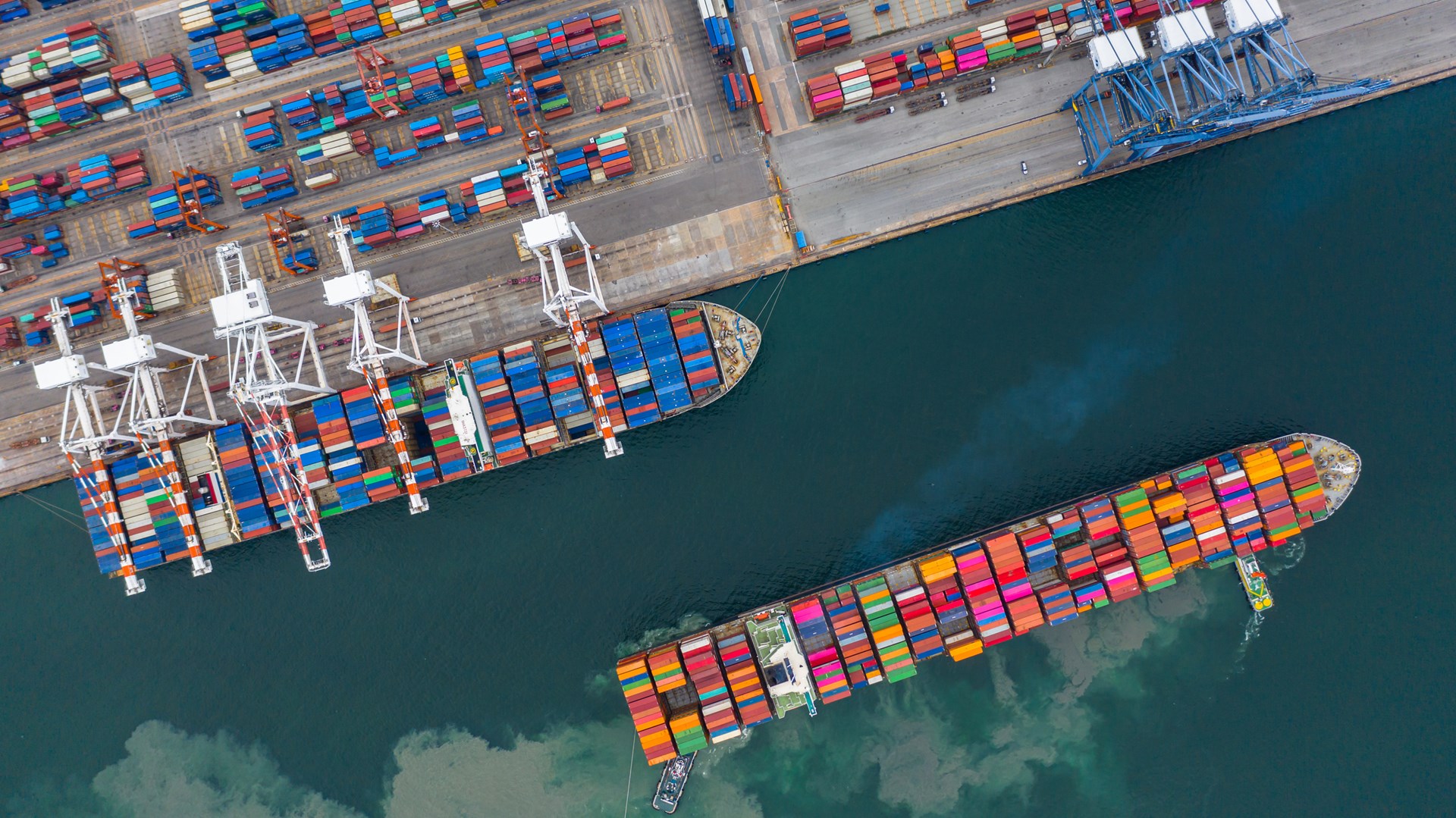UK CBAM: What it means for my organisation
Read time: 2 minutes

Read time: 2 minutes

The European Union’s Carbon Border Adjustment Mechanism (CBAM) is a policy used to levy a price on the carbon emitted during the production of carbon-intensive goods entering the EU. The goal is to reduce emissions and encourage cleaner production techniques or the trade of cleaner goods.
Now, the UK is advancing its own CBAM which closely aligns with that of the EU’s. Here’s everything you need to know about the UK’s CBAM.
The EU CBAM is currently in its ‘transitional phase’, defined as between 2023 and 2025. Its definitive stage of implementation will begin in 2026. The CBAM has been gradually introduced in a bid to phase-out carbon-intensive goods, giving organisations time to reconsider their supply chains and source alternative goods.
However, the UK has its own CBAM which it will implement on 1 January 2027. This is when the UK’s CBAM will be in full effect, changing the way businesses operate and how they must report on the import of carbon-intensive goods.
Both mechanisms target the same issue of carbon-intensive products and trade and aim to reduce or eliminate these emissions. However, the scope is slightly different, with two key differences:
The CBAM doesn’t directly punish the producers of carbon-intensive goods, but rather places the liability on importers of these goods, therefore incentivising a re-evaluation of supply chains and a more conscientious approach to goods-sourcing.
The UK’s CBAM will primarily focus on industrial goods imported to the UK from sectors specialising in aluminium, cement, fertiliser, ceramics, glass, hydrogen, iron and steel.
The UK CBAM will apply to Scope 1 and 2 emissions, covering emissions related to the direct activities owned or controlled by an organisation and those related to an organisation’s consumption of purchased electricity, heat, and cooling.
Once the CBAM takes effects, mandatory disclosures will be in place. This means organisations will need to submit reports detailing the carbon emissions embedded in their products and pay a levy based on the carbon pricing of the exporting country.
Businesses will need to prepare by assessing their supply chains, engaging their suppliers and undergoing comprehensive emissions reporting. All of the above will need to be to align with the UK CBAM and ensure regulations are met effectively.
Share